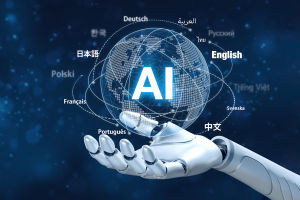Artificial intelligence has taken a major leap forward with OpenAI’s latest model, o3, which recently scored 85% on the ARC-AGI benchmark—far surpassing the previous AI record of 55% and matching human-level performance.
This result has sparked intense debate over whether we are truly approaching artificial general intelligence (AGI).
But what does this achievement really mean? Unlike traditional AI models that rely on massive datasets, this test presents small grid-based pattern recognition tasks, requiring the AI to deduce the underlying logic with minimal training data. This ability, known as sample efficiency, is considered a key aspect of intelligence.
Why is o3’s Performance Important?
Most AI models, including ChatGPT, require extensive training on vast datasets to function effectively. However, they struggle with novel or uncommon tasks due to their reliance on pattern recognition rather than true problem-solving. OpenAI’s o3, on the other hand, seems to have broken this barrier by learning from just a few examples, demonstrating a higher level of adaptability.
While details about how o3 achieved this remain unclear, researchers speculate that it uses a system similar to Google’s AlphaGo, which evaluates different problem-solving strategies before selecting the most effective one. This process likely involves searching through chains of thought and using a heuristic—possibly favoring the simplest or most generalizable solution—to determine the best answer.
Is o3 an AGI?
Despite its impressive results, o3’s achievement does not necessarily mean we have reached AGI. It is possible that its success comes from specific optimizations tailored for the ARC-AGI benchmark rather than a fundamental breakthrough in intelligence.
The real test will be whether o3 can generalize across a broad range of tasks, not just within structured test environments.
Moreover, OpenAI has not yet provided full transparency on how o3 functions. Its capabilities, limitations, and real-world applications remain largely unknown.
What Comes Next?
To determine whether o3 truly represents a step toward AGI, extensive testing and evaluation will be needed. OpenAI’s limited disclosures mean that independent researchers must rigorously assess its abilities once it becomes publicly available.
If o3 proves to be as adaptable as an average human, it could revolutionize AI, driving advancements in automation, decision-making, and even self-improving systems.
If not, it will still stand as a remarkable achievement in AI development. Either way, this milestone brings us one step closer to understanding the future of intelligence.


